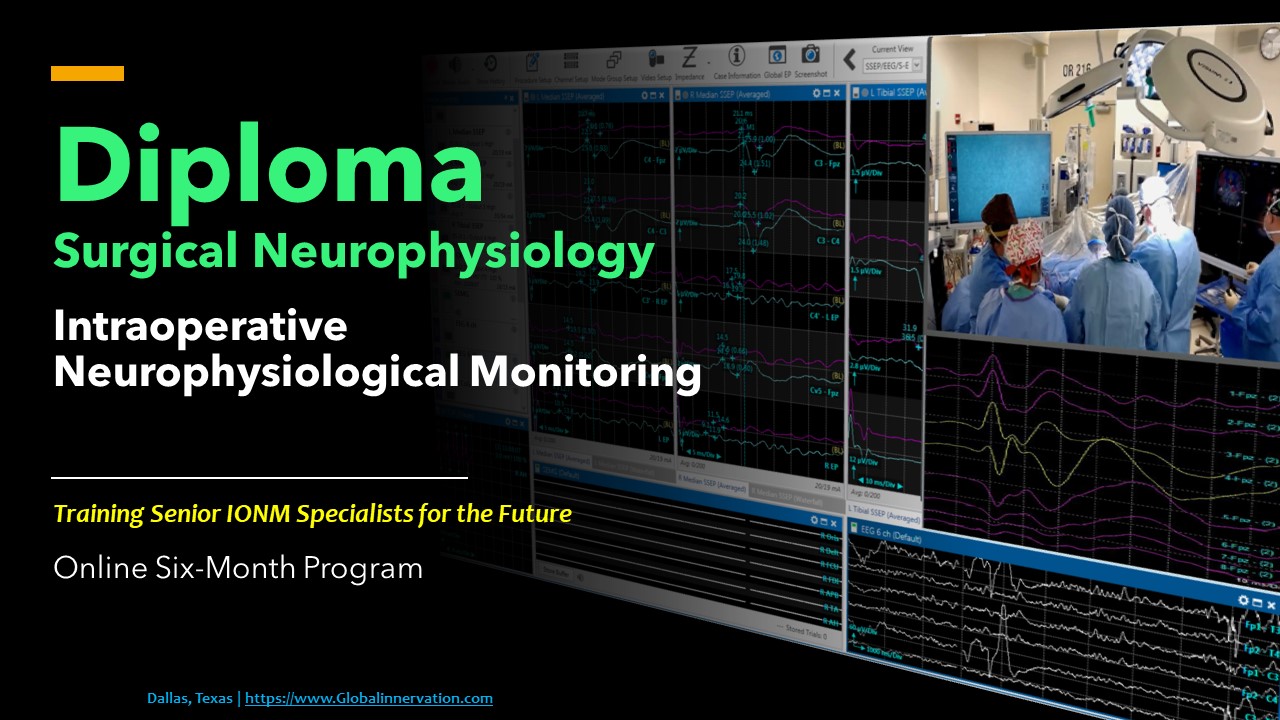The Risk of Adjacent Nerve Recruitment During Posterior Tibial Nerve Stimulation
DOI:
https://doi.org/10.5281/zenodo.10699409Abstract
Purpose: This report describes the recruitment of an adjacent nerve during attempted stimulation of the posterior tibial nerve intraoperatively.
Methods: During sciatic nerve exploration surgery, somatosensory evoked potentials (SSEPs) and other modalities were recorded. Electrodes for eliciting the lower extremity SSEPs were placed at the typical site on the medial aspects of the ankles for posterior tibial nerve (PTN) stimulation. Transcranial motor evoked potential (TcMEP) and compound muscle action potential (CMAP) recording sites were in the gastrocnemius, tibialis anterior, and biceps femoris muscles.
Results: The posterior tibial nerve stimulation yielded no SSEP response at an intensity of 30 mA. Stimulation was then increased to 50mA, producing a morphologically abnormal but reproducible SSEP response. It remained reproducible throughout the remainder of the surgical procedure. A distal segment of the sciatic nerve was exposed and mobilized, and an attempt was made to record a CMAP from the typically innervated muscles using direct-nerve concentric bipolar probe stimulation. However, no CMAP could be recorded. Further exposure of the sciatic nerve revealed a complete transection proximal to the initial site of nerve stimulation.
Conclusion: The posterior tibial nerve courses superiorly, joined by the common fibular nerve at the level of the popliteal fossa, forming the sciatic nerve. Given the proximal transection of the sciatic nerve, it was concluded that the SSEP, as recorded, could not have resulted from PTN stimulation but rather from the saphenous nerve. The phenomenon of adjacent nerve depolarization has been previously described in other nerves, particularly the wrist. To our knowledge, this is the first recruitment report between the posterior tibial and saphenous nerves.
Downloads
Published
How to Cite
Issue
Section
License
Copyright (c) 2024 J of Neurophysiological Monitoring

This work is licensed under a Creative Commons Attribution 4.0 International License.





